Asian Media USA ©
Aurora, IL: On July 2, 2025, downtown Aurora buzzed with excitement as Foreign Exchange Brewing Co. officially opened at 110 Cross St, Aurora, IL 60506. The grand opening, marked by a vibrant ribbon-cutting ceremony at noon, drew local dignitaries, community members, and beer enthusiasts to celebrate a milestone for Aurora’s growing business scene. With clinking glasses, heartfelt speeches, and a palpable sense of pride, Foreign Exchange emerged as a symbol of innovation, flavor, and community in the city.
The event was a lively blend of music, cheers, and camaraderie, reflecting Aurora’s growth and the entrepreneurial spirit of Foreign Exchange’s founder, Ricky. The brewery, a homegrown venture, has been crafting and distributing beers for five years, but this opening marked its first permanent home in Ricky’s hometown. The crowd’s energy was electric, with chants of “Heat! Heat! Heat!” echoing through the streets, a playful nod to the passion fueling the day.
Samir, a broadcaster from Asian Media USA, emceed the event with infectious enthusiasm. “We’re here at the grand opening of Foreign Exchange Brewing Co.,” he announced. “This is a big moment with a ribbon-cutting, the mayor’s office, aldermen, and tons of people. It’s a celebration of business growth in Aurora—and beer! Woohoo!” His words set the tone for a day filled with community spirit.
The ribbon-cutting was a highlight, symbolizing not just a new brewery but the realization of a dream rooted in Aurora. Attendees included representatives from the Aurora Convention and Visitors Bureau, Deputy Mayor Casey Quas, and aldermen Carl Franco (Ward 5), Will White (Alderman at Large), and Jonathan Nunees (Ward 4). Their presence underscored the city’s commitment to fostering local businesses and economic growth.
Alderman Jonathan Nunees spoke with pride about Aurora’s transformation. “It’s amazing to see what downtown Aurora versus what it is today was,” he said. “The most important thing is seeing a fellow Auroran reinvest in this community with Foreign Exchange.” Having visited during the soft opening, Nunees praised the brewery’s beers and welcoming vibe. “If you haven’t tried their products, you’re in for a treat,” he said, sparking cheers.
Deputy Mayor Casey Quas delivered a warm welcome on behalf of the mayor’s office. “Thank you for choosing Aurora as your home,” Quas said. “We’re excited and here to support you.” The sentiment reflected the city’s embrace of Foreign Exchange as a cornerstone of downtown’s revival.
Ricky, the visionary behind Foreign Exchange, was the event’s heart. His journey from homebrewing in Leland Tower to opening a brewery showcased perseverance and community spirit. “I started home brewing right over there,” he said, pointing to the nearby building. “It’s crazy to see it grow into this. We’ve been brewing for five years, and now we have a home in my hometown.” Ricky emphasized the brewery’s mission to build community through exceptional beer and a space for connection. “We hope to be a beacon for Aurora, where people enjoy their time and discover local businesses,” he said, crediting his “killer” kitchen staff and top-tier cocktail program.
The ribbon-cutting was a moment of pure joy. As the crowd counted down, “One, two, three!” the ribbon fell, and applause erupted, accompanied by more “Heat! Heat! Heat!” chants. Photographers captured every moment, from VIP smiles to the excitement of first-time visitors eager to sample Foreign Exchange’s offerings.
Foreign Exchange Brewing Co. is more than a brewery; it’s a love letter to Aurora. The space at 110 Cross St. is a gathering place for craft beer enthusiasts, foodies, and locals. The menu features diverse beers—crisp lagers to bold IPAs—crafted with precision. The kitchen offers dishes that pair perfectly with the drinks, while the cocktail program elevates the experience with creative flair.
The opening highlighted Aurora’s evolution into a hub of innovation and culture. As Nunees noted, downtown Aurora has transformed, with businesses like Foreign Exchange leading the charge. The brewery’s commitment to quality and community aligns with the city’s vision of a vibrant, inclusive downtown.
For many, the event was personal. “My family has been waiting for this place to open,” Samir shared, echoing the crowd’s sentiments. The brewery’s opening is a win for beer lovers and anyone who believes in the power of local businesses to transform communities. Guests mingled, sampled beers, and explored the inviting space as music played, and optimism filled the air.
Foreign Exchange isn’t just a business; it’s a symbol of Aurora’s resilience and creativity. By choosing Aurora, the brewery invests in the city’s growth, inviting others to do the same. Whether you’re a craft beer aficionado or seeking a place to connect, Foreign Exchange is a destination worth visiting.
As the sun set on July 2, 2025, the grand opening left a lasting mark on Aurora. Foreign Exchange’s story is just beginning, but its impact is clear: it’s a place where community, creativity, and great beer unite. Here’s to Foreign Exchange—a new home, a new beginning, and a reason to raise a glass in Aurora.
Covered by Asian Media USA, under the leadership of Chairman Suresh Bodiwala, this event highlights the organization’s dedication to showcasing community stories. Asian Media USA remains committed to celebrating Aurora’s entrepreneurial spirit and cultural richness.
Photographs and Press release by: Asian Media USA
Suresh Bodiwala
Chairman
Asian Media USA
Cell: 847-420-4789
E-Mail: bodiwalasuresh@gmail.com
https://asianmediausa.com/
https://www.facebook.com/asianmediausa
https://www.facebook.com/suresh.bodiwala.1
https://www.youtube.com/user/AsianMediaVideo/videos
https://www.instagram.com/asian_media_usa_official/
Copyrights ©: Asian Media USA
No one shall download or otherwise duplicate the graphics, images, press release and written content from the PDF without our express written permission. Likewise, no one shall reuse the aforesaid things, as the same is the intellectual property of the Company, we hereby reserve all rights
Disclaimer: Asian Media USA
Asian Media USA press releases are event oriented and published after careful review and examination of the contents without bias or without being influenced by race, color, nationality or religious persuasion. In other words, we are completely neutral according to generally accepted journalistic principles and long-established conventions governing Newspaper reporting. Any use or disclosure of the contents of either is unauthorized or may be unlawful. All liability for viruses is excluded to the fullest extent permitted by law. Any views expressed in this message are those of the individual sender, except where the sender states them, with requisite authority, to be those of the Asian Media USA. If for any reason including but not limited to prior written authorization, Newspaper or similar entity do not give the credit for the content and photographs, Asian Media USA reserve right to take legal action to prosecute for violating copy right law to the fullest extent of the law.

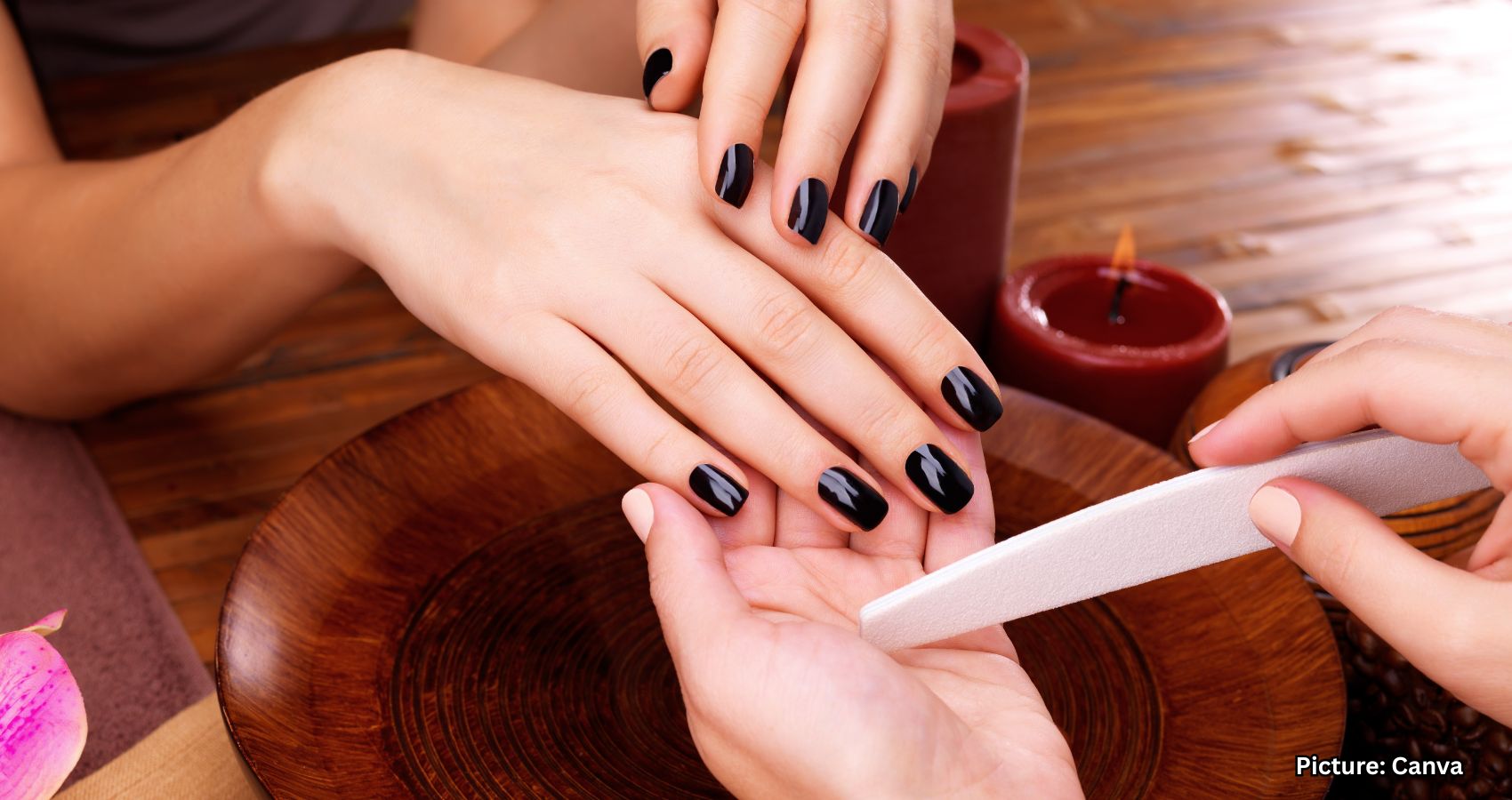

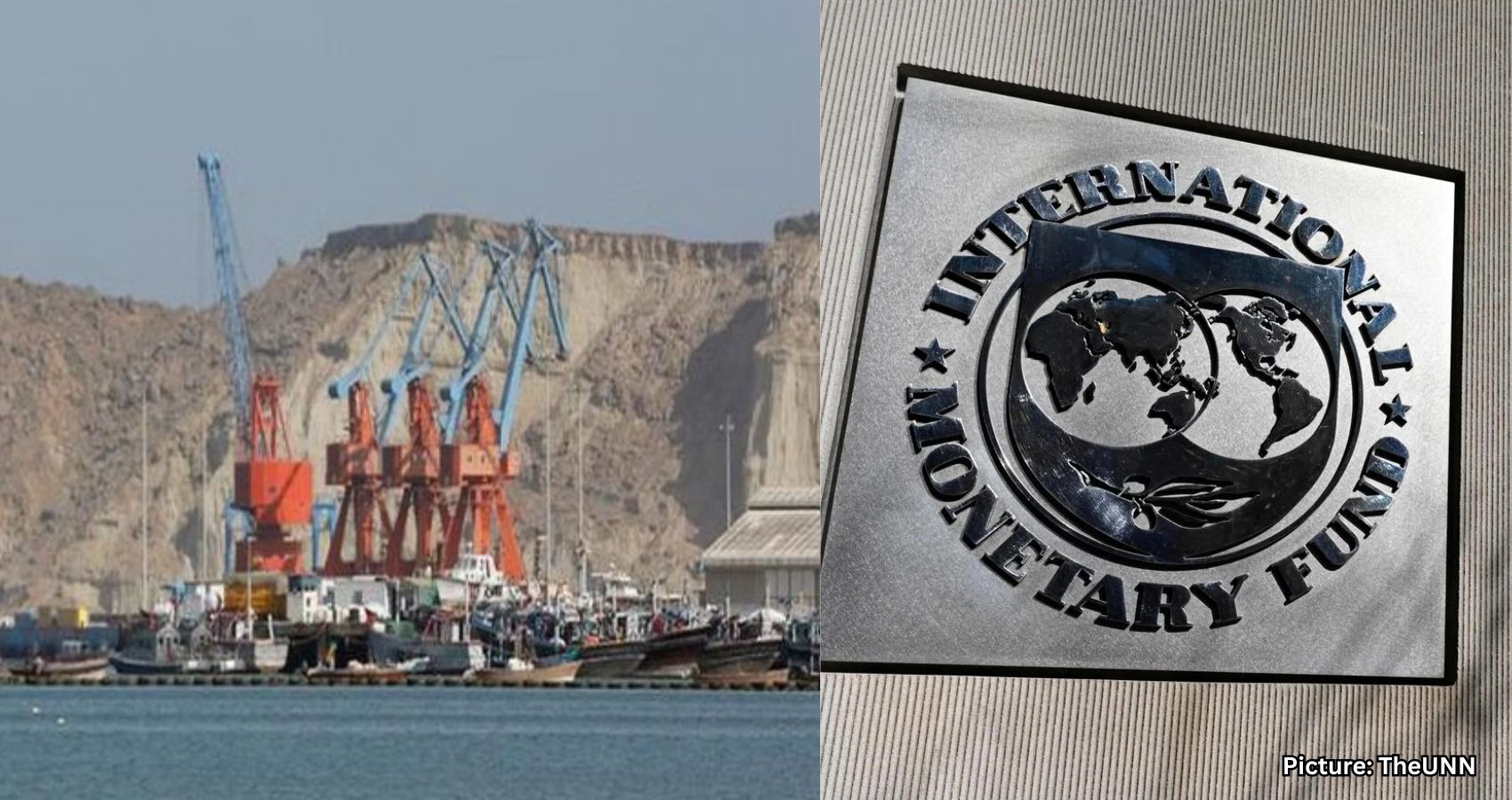





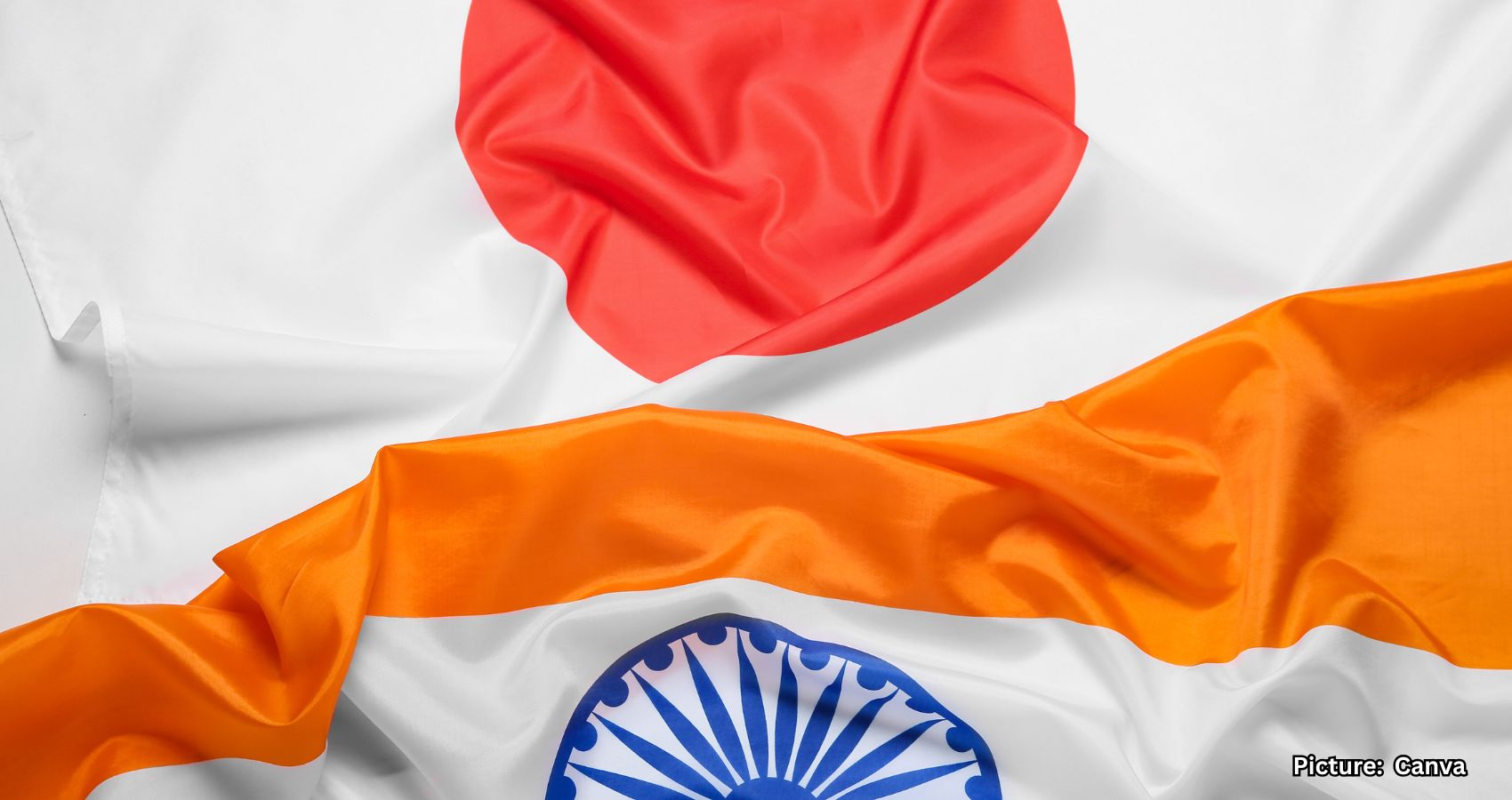

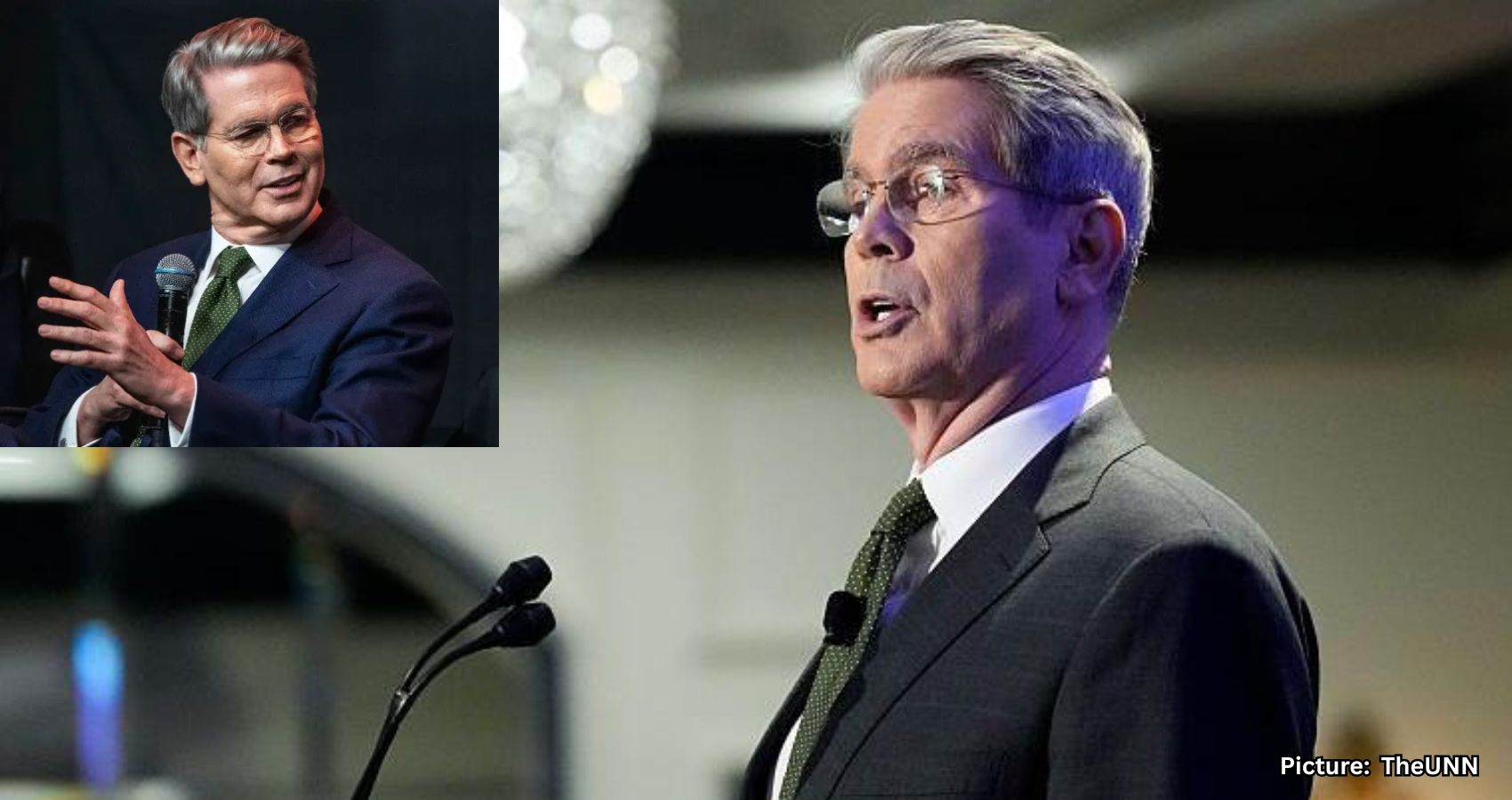
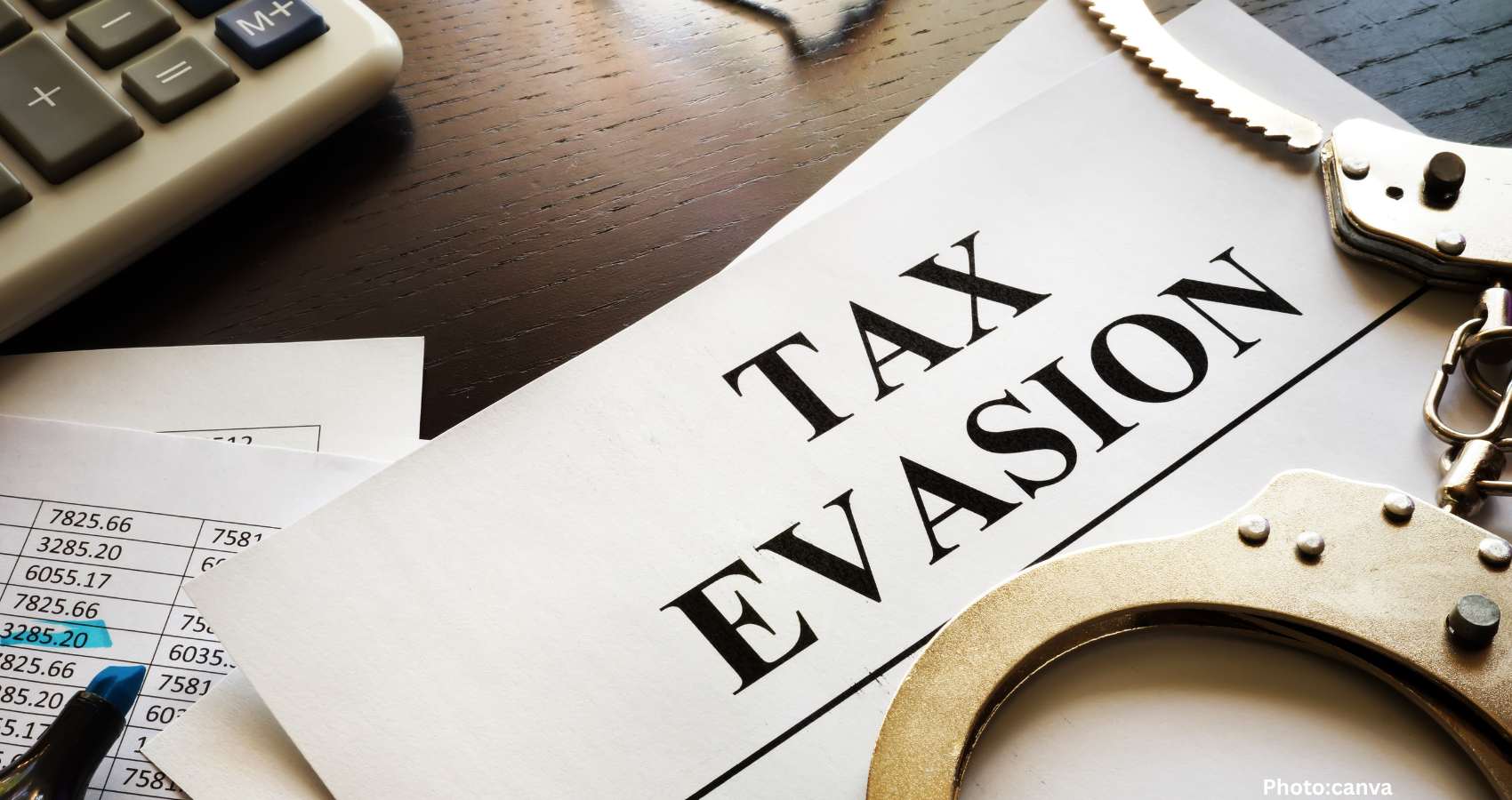
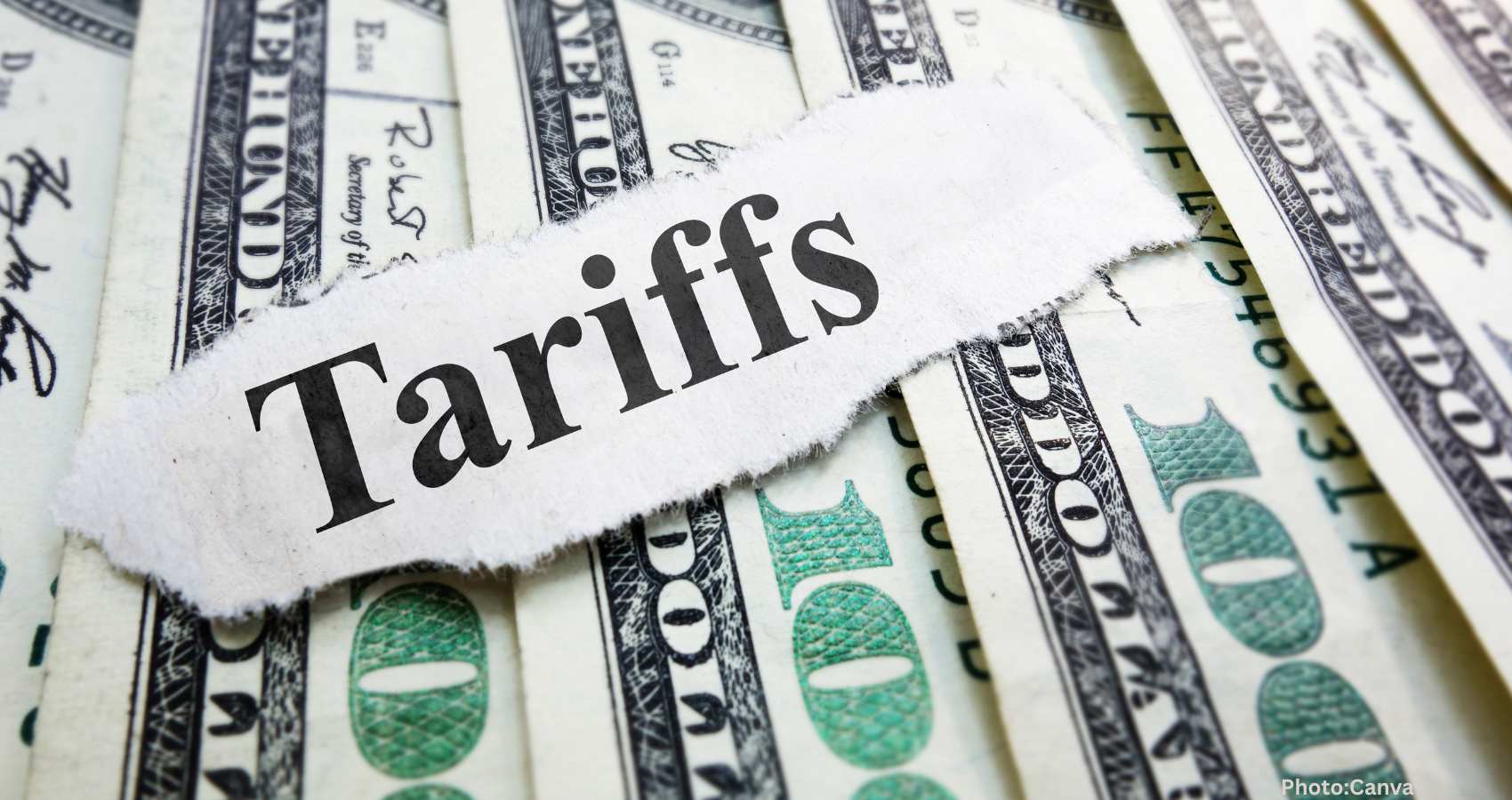
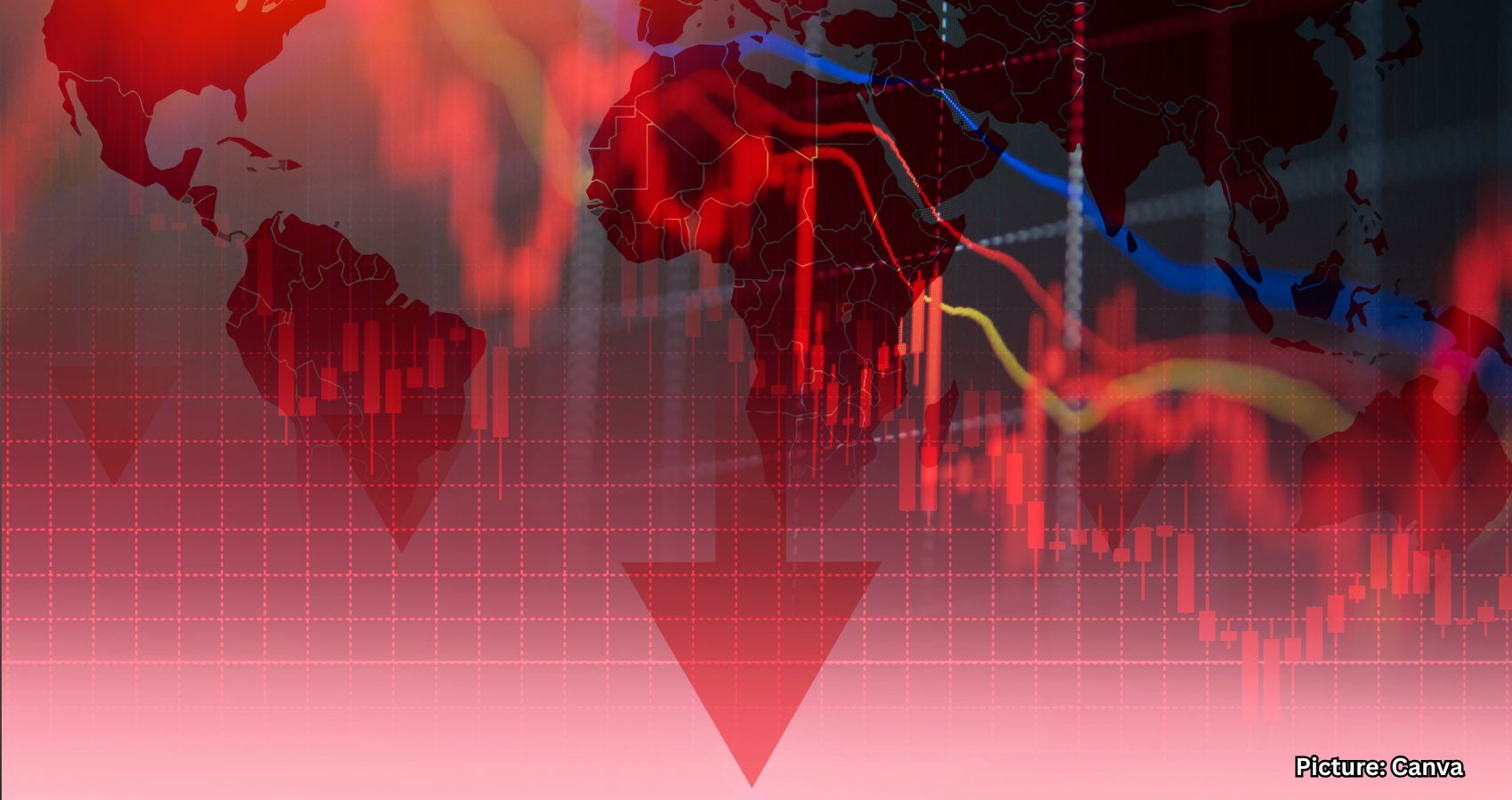
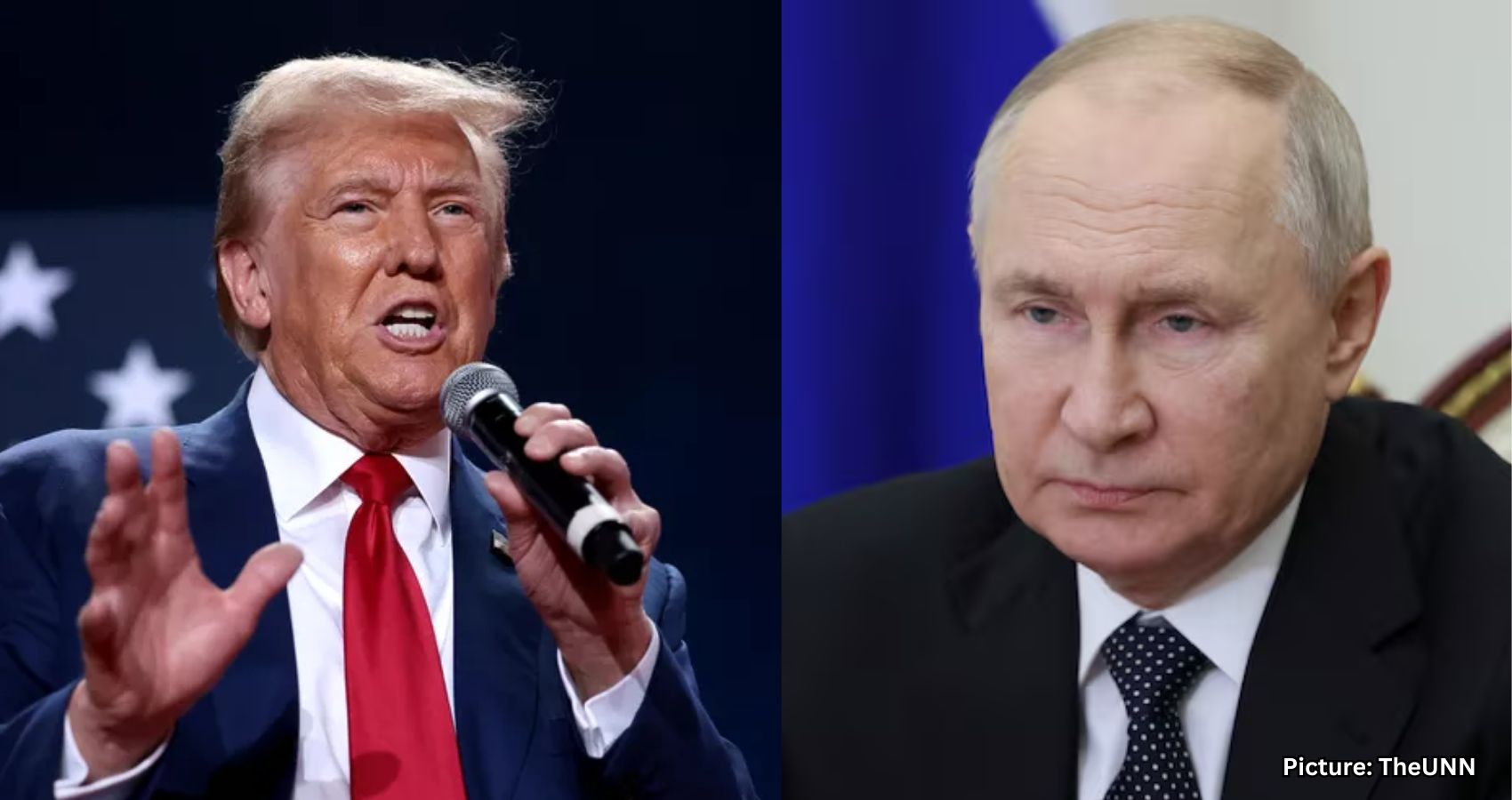
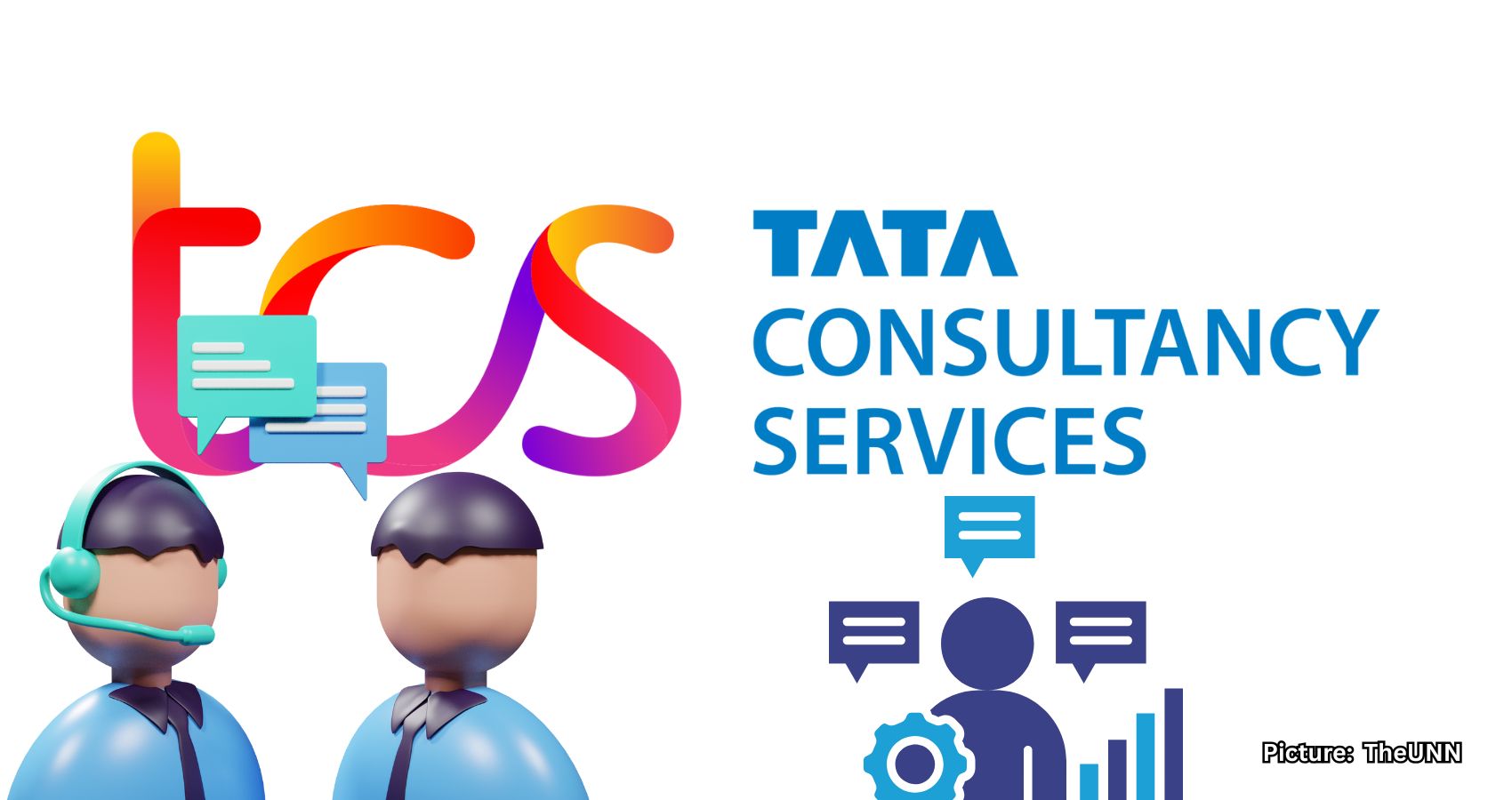



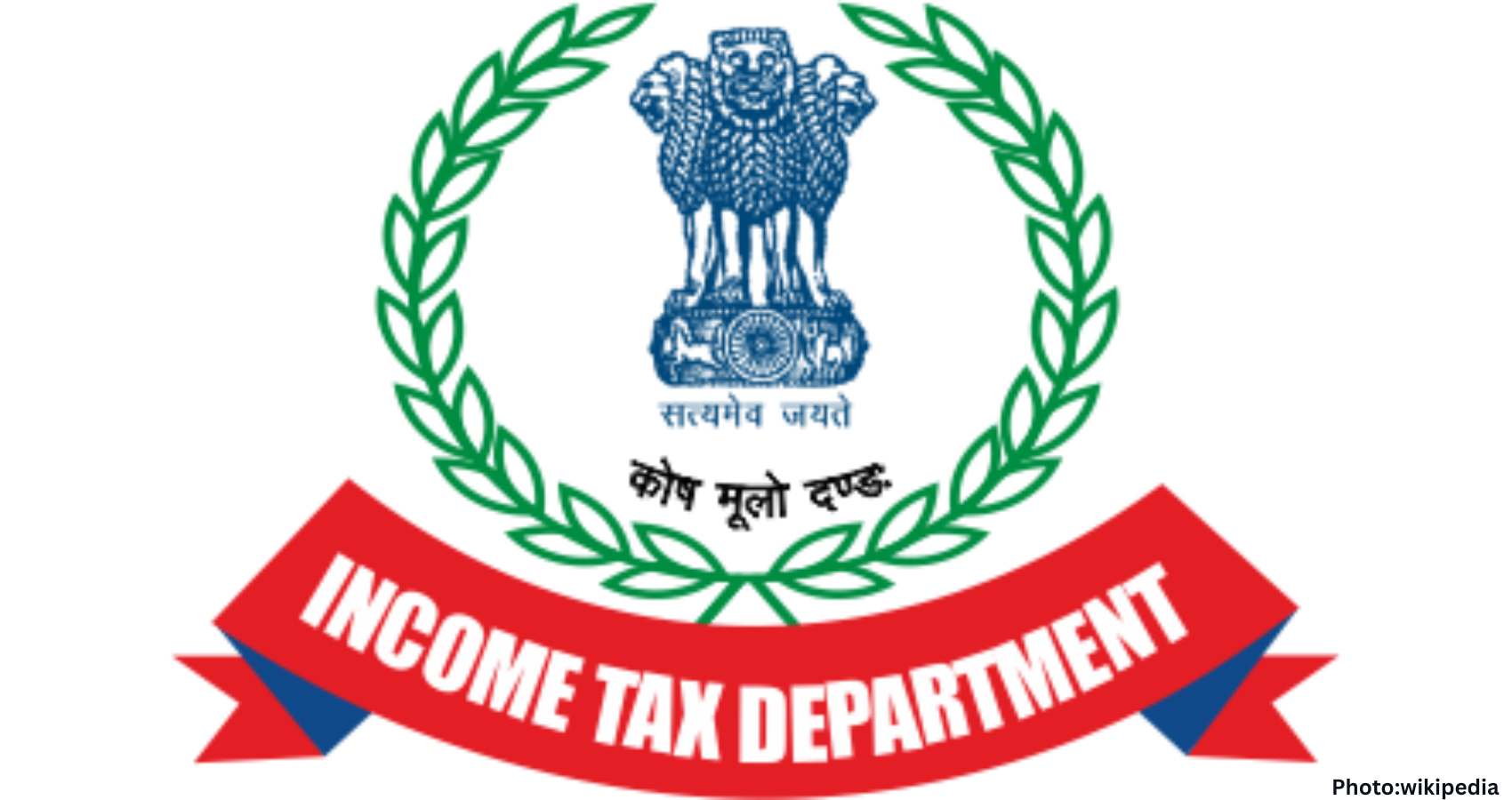
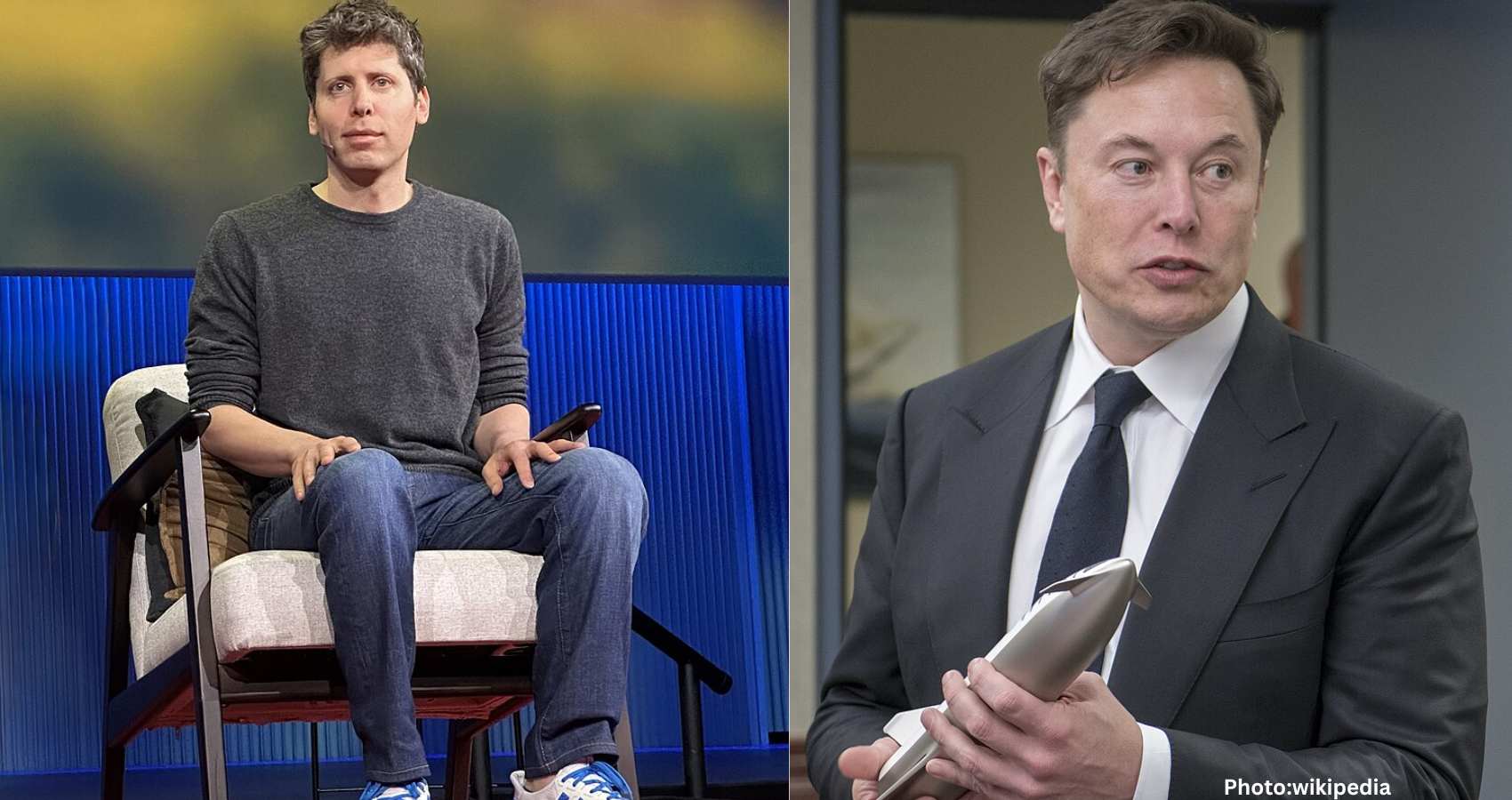
























 The e₹ (e-rupee) is set to function as legal tender in a digital format, with major banks in India gradually informing their customers about its applications. The objective is to integrate digital currency into everyday financial transactions, much like how ATMs and credit cards are used today.
The e₹ (e-rupee) is set to function as legal tender in a digital format, with major banks in India gradually informing their customers about its applications. The objective is to integrate digital currency into everyday financial transactions, much like how ATMs and credit cards are used today. where Rs 10,000 in digital rupees was directly transferred to 12,000 women quickly, securely, and without intermediaries. This transaction demonstrated the potential for digital accountability, illustrating how CBDCs can enable targeted financial support for specific purposes, thereby transforming governance and welfare distribution.
where Rs 10,000 in digital rupees was directly transferred to 12,000 women quickly, securely, and without intermediaries. This transaction demonstrated the potential for digital accountability, illustrating how CBDCs can enable targeted financial support for specific purposes, thereby transforming governance and welfare distribution.












































